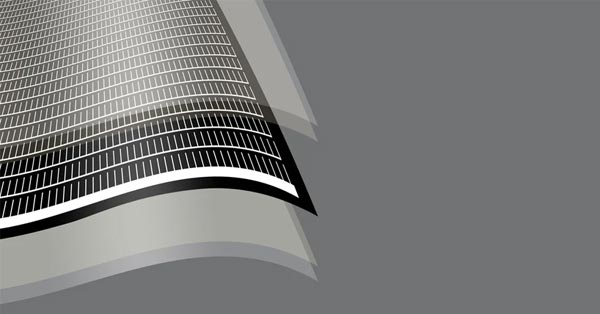US-based Ascent Solar Technologies (ASTI), which specializes in thin-film solar technology, announced this week that its CIGS thin-film solar cells have achieved an efficiency of 15.2% for the first time – higher than the observed standard efficiency of 10.8% . in materials used for production in 2012.
ASTI attributes this achievement to the targeted optimization of the existing cadmium sulfide (Cds) deposition and production processes in the CIGS technology. The company replaced the next generation zinc oxysulfide material for the CD deposition. Their research concludes that energy yields with this new material are 5% to 8% higher than those achieved with a Cds deposit; therefore, a theoretical efficiency of between 16% and 16.4 percent is achieved for cells.

“We are very pleased with the recent process optimization achievements for our CIGS technology, an innovation in thin-film PV that we believe positions us for greater commercial adoption,” said Paul Warley, CEO from Ascent Solar Technologies.
Backed by 40 years of R&D and 15 years of manufacturing experience, ASTI remains committed to the advancement and spread of solar-based solutions using thin film technology to create sustainable solutions and achieve a positive impact on the environment.
In April, the company acquired the 15 MW thin film cell manufacturing facilities of Switzerland-based Flisom AG to expand its international presence. Moreover, thanks to the latest efficiency just developed, ASTI further strengthens its competitive position in the global thin-film solar cell market.


